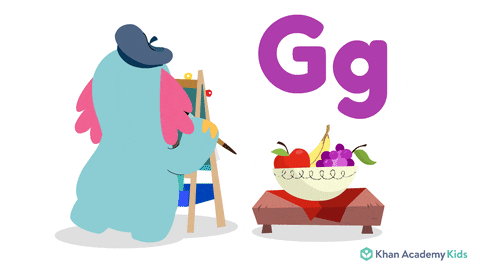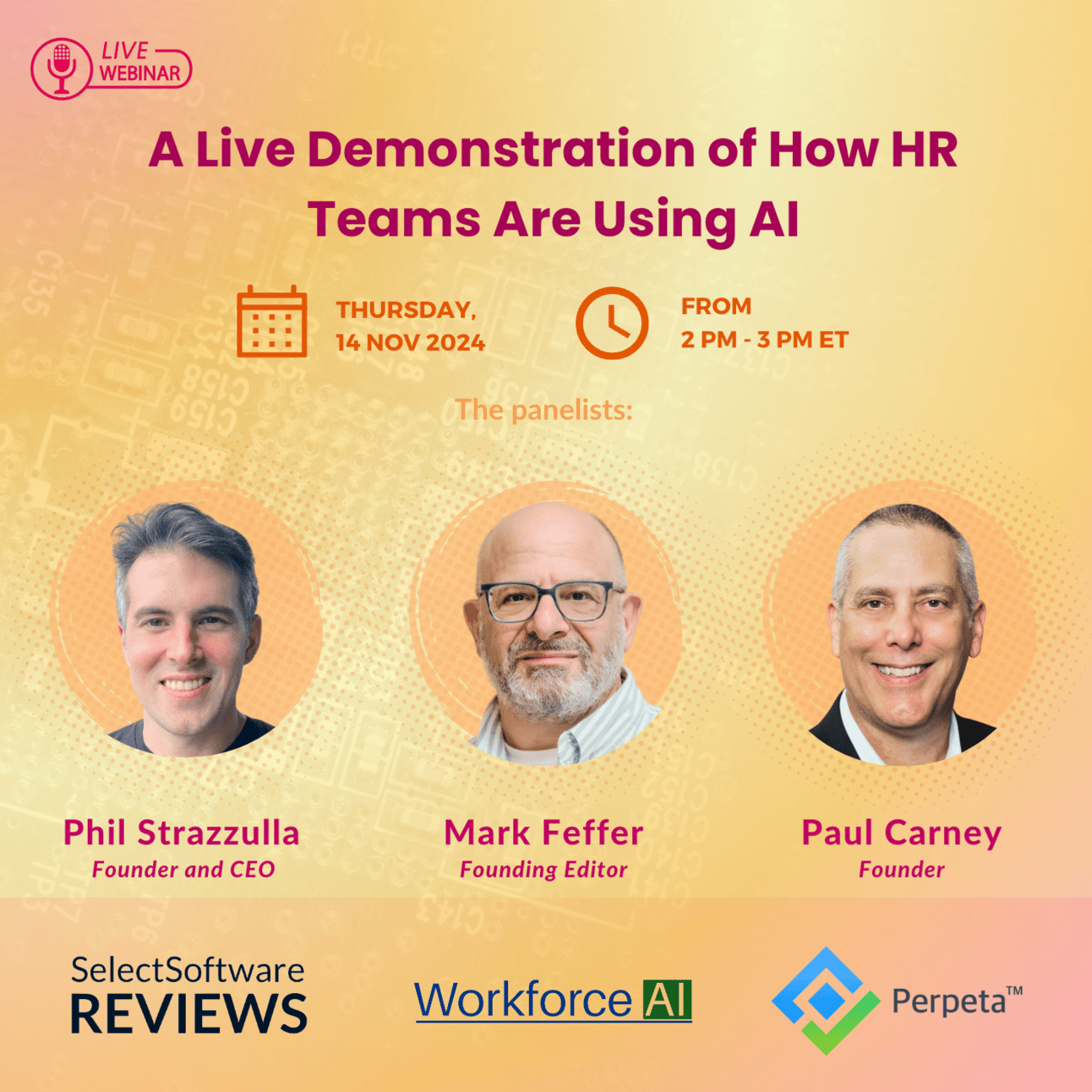Securing top talent with our guide is a click away
At Deel, we've simplified a world's worth of global hiring information. Our expert teams can help you navigate quick and compliant hiring in 150+ countries and so much more.
📚 Make AI Upskilling an Everyday Reality

From what I have seen while speaking with over 3,000 HR professionals this year, upskilling for AI is no longer a “nice-to-have.” It’s quickly becoming an essential part of staying competitive in today’s workplace. But, if you’re like many HR professionals, you’re likely nodding along, thinking: “How do we actually make it happen?” We all know that AI can transform how we operate, from automating repetitive tasks to generating new insights that can drive business growth. Yet, one of the biggest challenges we face is keeping AI upskilling from becoming just another item on the to-do list that gets pushed to the back burner.
That’s where leadership comes in. For AI upskilling to become an everyday reality, leaders need to champion change, set clear expectations, and connect the dots between new AI capabilities and the real-world benefits for employees. It’s not just about talking the talk; it’s about walking the walk. Are you prepared to lead by example? Let’s dive into three tactics that can help your organization prioritize AI learning, overcome common barriers, and make upskilling a part of your daily culture.
📝 How to Get Started
🛠️ Tactic #1: Fuel Upskilling with the Right Resources
Upskilling for AI isn’t a one-off event. To keep up with the rapidly evolving technology, employees need continuous learning opportunities. But how often do we hear employees say, “I just don’t have the time for this”? The reality is that investing in resources—whether that’s internal workshops, third-party courses like LinkedIn Learning, or even tuition reimbursement for self-driven learning—is essential.
Providing resources isn’t just about making them available; it’s about making them accessible and relevant for every role. For example, you could introduce monthly learning campaigns that focus on AI skills where employees engage in hands-on sessions. It’s all about blending learning with the workday, so employees don’t see it as just another burden.
And don’t forget to document and share learnings across the organization. Establishing communication channels where employees can exchange tips, challenges, and success stories can turn learning into a social, collaborative activity that fosters innovation.
🔄 Tactic #2: Lead by Example—Be the Change You Want to See
Here’s a hard truth: if you want employees to embrace AI, you’ve got to walk the talk. As an HR leader, you’re uniquely positioned to model the behavior you want to see. Invest time in upskilling yourself on emerging AI solutions and their impact on your business. The more knowledgeable you are, the more you can mentor others and demonstrate the practical benefits of AI.
How about hosting an AI cross-functional innovation challenge? 🌟 These events not only encourage employees to think creatively but also provide a fun, engaging way to apply their new AI skills to real-world projects. And for those employees juggling multiple responsibilities, consider integrating AI learning into their existing workloads. By embedding upskilling into actual projects, you make it easier for busy team members to participate without feeling overwhelmed.
Checking in regularly with your teams to gather feedback on their learning journeys can also be a great way to keep a pulse of their activity, including challenges. A candid conversation can reveal hidden roadblocks and lead to the development of more effective learning initiatives. And remember—Paul’s guidance on crafting AI prompts can help you refine your own skills, enabling you to be a better resource for your team.
💻 Tactic #3: Support Upskilling with Data and Technology Investments
AI thrives on data, and if your data practices aren’t up to par, you’re going to hit a wall. If your organization wants to truly leverage AI, you need to invest in your tech stack and ensure that your data infrastructure is robust, secure, and accessible. Whether it’s fast connectivity, data hygiene, or security, getting these pieces in place will prevent tech barriers from slowing down your upskilling efforts.
For industries like healthcare, finance, and manufacturing—where data is the lifeblood of innovation—it’s especially important that employees have access to clean, reliable data. Investing in the right technology and tools can empower your teams to experiment with AI without the fear of data breaches or system failures. And as AI solutions continue to evolve, make sure your tech infrastructure evolves too.
As an HR leader, you’re uniquely positioned to model the behavior you want to see.
So, why does this all matter? Here’s why HR professionals need to be at the forefront of AI upskilling:
1. Future-Proofing Your Workforce
AI is here to stay, and the organizations that thrive will be those with employees who are not only tech-savvy but also agile in adapting to new tools. By prioritizing AI upskilling, you’re not just preparing your teams for today—you’re setting them up to take on tomorrow’s challenges.
2. Enhancing Employee Engagement
Upskilling isn’t just about skills; it’s about empowerment. When employees see that their company is investing in their growth, they’re more likely to feel valued and engaged. It’s a win-win: employees develop skills that make them more effective, and organizations benefit from increased productivity.
3. Driving Innovation Through Collaboration
The best ideas often come from unexpected places. By fostering a culture of continuous learning, where employees are encouraged to experiment with AI, you’re creating an environment where innovation can thrive.
Takeaways:
Upskilling for AI requires dedicated resources and continuous learning pathways to have a lasting impact.
Leading by example and embedding AI learning into real projects helps employees see its value in action.
Supporting your AI journey with the right data and technology investments will set your teams up for success.
Remember, effective prompts are the key to unlocking AI’s full potential—Paul is here to help you master that art! 🚀

Perpeta Paul Pointer:
Unlike reskilling, which is about training employees to take on a completely new role or function, upskilling involves enhancing an employee's current skills to stay relevant in their existing role, focusing on deeper knowledge or emerging technologies.
This is why we call it “Augmented Intelligence” - it augments the person’s capabilities.

No more one-size-fits-all holiday gifts
Goody carefully curates every gift in our collection. We ensure it's something your recipients will love. Simply set a price and let them choose.
Send thoughtful gifts to your team globally from top brands like Apple, YETI, Mejuri, Aesop, and Therabody. No need to collect addresses, sizes, or color preferences. You can even add your logo on premium on-demand merch from Ember, Adidas, Columbia, and more.
Get a $20 gifting credit and see why HR professionals love Goody for employee gifting.
📄 Prompt of the Week

This prompt helps you leverage AI to create a structured, actionable upskilling plan that supports continuous learning in your organization.
ROLE:
You are an AI strategy consultant specializing in workforce development and upskilling.
REQUEST:
Create a comprehensive AI upskilling strategy and plan for our organization. The plan should outline key steps to implement AI training programs, identify resources needed, and suggest methods to engage employees in continuous learning. Include recommendations for integrating AI learning into daily work routines to ensure practical application.
GOAL:
The goal is to develop a scalable upskilling strategy that aligns with our organization’s business objectives and prepares employees to effectively use AI tools to drive productivity and innovation.
INSTRUCTIONS:
Outline the key elements of an effective AI upskilling program, including workshops, online courses, and mentorship opportunities.
Suggest ways to align the program with specific roles and departments, focusing on practical AI applications relevant to each team.
Provide strategies for tracking progress and measuring the impact of the upskilling efforts, such as feedback surveys or performance metrics.
Include a plan for sustaining engagement, such as monthly learning challenges, recognition for skill achievements, or cross-functional collaboration projects.
Use the following details to tailor the strategy:
Company Objectives: [Insert company goals related to AI implementation]
Employee Skills Assessment: [Insert information on current skill levels and training gaps]
OUTPUT FORMAT:
Overview of the AI upskilling strategy
Key action steps and recommended resources
Engagement strategies and metrics for success
Replace the items in the [ and ] brackets to meet your specific needs.

Interested in learning how to build prompts that get you better results?
Check out our upcoming series of action-packed and value-priced webinars.

Want to learn more about building great prompts? Paul publishes a Prompt a Day newsletter on LinkedIn!
Click Here to subscribe and get a daily idea of how to create powerful and effective prompts across a variety of topics, both personal and professional.

🤩 The Fun Side of AI

Using AI doesn’t have to be all work. Here is a fun way to interact with AI.
🍎 Learning Made Fun

ROLE:
You are a creative HR assistant with a knack for making learning fun and engaging.
REQUEST:
Create a list of playful, team-based AI upskilling challenges that will encourage employees to learn new AI skills while having fun. Include ideas for friendly competitions, collaborative projects, or themed workshops, such as an “AI Escape Room” challenge or a “Bot-Building Olympics.”
GOAL:
The goal is to make AI upskilling an enjoyable experience that builds team morale and encourages creative problem-solving. The challenges should be adaptable for both in-person and remote teams.
INSTRUCTIONS:
Begin with a few creative challenge ideas that encourage hands-on learning, such as mini-hackathons, themed workshops, or AI trivia contests.
Suggest rewards for winning teams or top participants, like “AI Wizard” badges, gift cards, or a spot in the company newsletter.
Include ideas for tracking progress or celebrating small wins to keep employees motivated throughout the upskilling journey.

Want to get better AI results?
Visit perpeta.com and discover how to use building blocks like snippets, profiles, and templates to make, store, and organize your perfect prompts.
Until next time, keep managing and developing people, one AI prompt at a time! 💎



